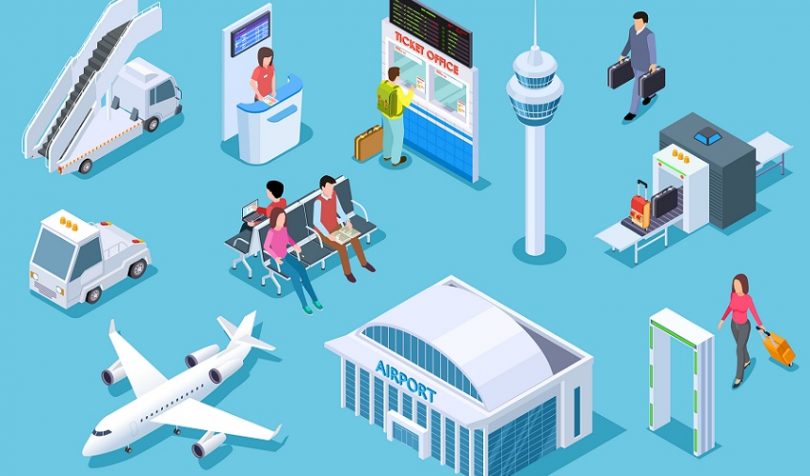Yesterday the Lead Architect at SITA’s Advanced Technology Office, Barry McLaughlin, claimed that the implication of blockchain “could be profound for air transport”. SITA, the tech firm owned by the airline industry, believes that the technology has yet more potential to create value.
A Sandbox for Aviation
Last year, SITA launched its Aviation Blockchain Sandbox, a platform encouraging collaboration between airlines to find distributed ledger technology (DLT) applications. A year before that, the organization published a whitepaper introducing FlightChain, its research on blockchain conducted with British Airways, and airports including Heathrow, Miami, and Geneva.
FlightChain was implemented on both Ethereum and Hyperledger Fabric enterprise platforms to compare the two. The research project is now hosted on SITA’s Sandbox and recently welcomed “a group of major Chinese airlines and airports”.
The critical finding back in 2017 was that smart contracts for data sharing held the most potential for aviation. This conclusion permeates today, as McLaughlin believes “the one thing that makes blockchain relevant to the air transport industry is its potential to securely share information […] without relinquishing control or compromising the security of the data.”
A Big Data Problem
Blockchain’s transparent and immutable nature could be put to use in the vast swathes of data which are produced by airlines every day. A single flight needs booking, payment, pricing systems, departure control, and other parties before it takes place. On the aircraft side, there is crew, fuel, manufacturing, security, and maintenance to consider.
This “complex” supply chain brings with it large amounts of information and “endemic industry challenges”, as Barry McLaughlin describes them. He outlines three main problems: data privacy concerns, lack of interoperability, and no trust framework for the parties to share information.
Blockchain: the game-changer?
“The big question is, when we look at the technology tools at our disposal to solve these endemic industry challenges, which one comes into the frame?” McLaughlin asks.
A DLT-based solution could provide a standardized data network capable of handling many contributors, without compromising on security and privacy. SITA’s FlightChain project found that blockchain was a viable way to create a single source of truth for aviation data. However, at the time, the firm questioned whether the technology was mature enough.
What about today? McLaughlin wrote: “As the technology matures, our current research is focusing less on the technical aspects and more on figuring out which uses make sense and where Blockchain can deliver the most value for the industry.”
He concluded his blog post by stating: “The implication of such a technology could be profound for air transport, so we want to get the measure of this potentially game-changing technology.”
Among other projects, SITA is working on a collaborative data-sharing platform with various Europe based stakeholders. In aviation, Cathay Pacific announced yesterday its plans to launch a blockchain for air freight containers and Russian airline S7 reached $1 million spent every month through its DLT platform.







